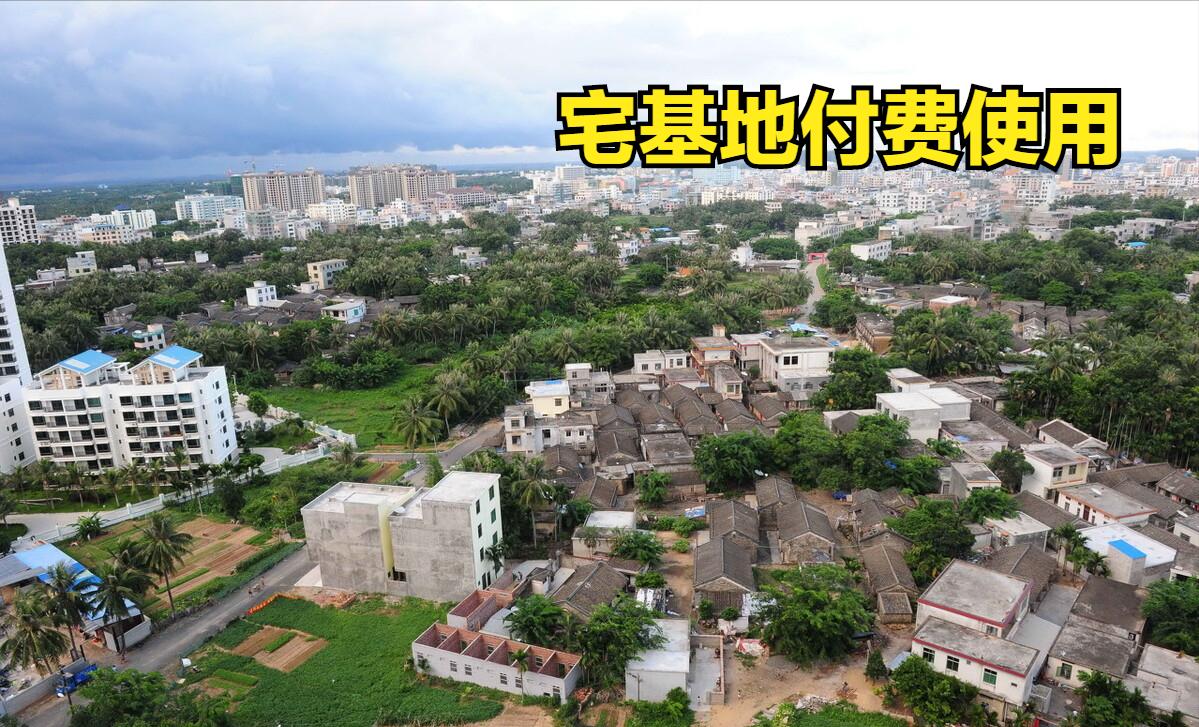Homesteads are collective constructive land uses to solve the housing needs of rural villagers. In the past, if anyone wanted to build a house, they would say hello to the village cadres and then start building on their own contracted land. However, the situation is different now, the state's requirements for the standardized management of homesteads are constantly improving, and the consequences faced by acts such as unapproved construction and over-approval construction are serious.
At present, the basic characteristics of China's homestead system are: collective ownership, villager use, one house per household, limited area, free acquisition, long-term occupation, planning control, and internal circulation. Due to the increasingly prominent phenomenon of "hollow village" and idle homestead, the state has begun to promote the reform of homestead land, and some areas have made a clear definition of "one household and one house", and proposed measures such as the use of homestead fees.

From this, we can see some trends in the reform of homesteads in the future.
<h1 class="pgc-h-arrow-right" data-track="9" >01, the identification criteria for one household and one house</h1>
Although the Land Administration Law and the Regulations for the Implementation of the Land Administration Law clearly stipulate that rural villagers can only own one homestead per household, what is one household? What is a house? It is not clear at the national level. Therefore, the definition of "one household and one house" is one of the important contents of the reform of homesteads in various places.
Take Shibogu Town, Henan Province, for example, which clearly stipulates "one household and one house":
1 household:
1. A rural family with only 1 child is identified as one household;
2. Rural families with 2 or more children, but only 1 son, are recognized as one household;
3. Rural families have 2 or more sons, and parents live with 1 of them and are identified as one household, and other sons can be identified as one household after they reach the age of 18.
Ichigoku:
1. A family with only one homestead is recognized as a house;
2. Although a family has multiple homesteads, if the total area does not exceed the provincial standards, it is considered to be a house;
3. In the new rural community, the single-family family is identified as a house.
<h1 class="pgc-h-arrow-right" data-track="27" >02, homestead over-occupation penalty</h1>
When one household and one house are defined, for violations of regulations such as multiple houses and the area of homesteads exceeding the standard, the "paid use system" may be fully implemented in the future, and it will be paid once a year. This is not a vacuum, and it is already being implemented in some areas.
Henan Province stipulates that the homestead area of each family must not exceed 167 square meters. Again, take the town of Shibogu, which implements a ladder billing system for the part exceeding the prescribed area.
If the excess area is within 50 square meters, 2.5 yuan per square meter is levied per year; if the excess area is 51-100 square meters, 5 yuan per square meter is levied per year; if the excess area is 101-200 square meters, 10 yuan per square meter is levied per year; if the excess area is 201-300 square meters, 20 yuan per square meter is levied per year. If the area exceeds 300 square meters, it is recommended that the village collectively recover the excess homestead.
At the same time, the town has made provisions on the use of levy fees, that is, summarized as "taking the people, using them for the people", mainly for village transformation, infrastructure construction, homestead withdrawal compensation, etc.
Although these provisions are only explored in some pilot areas of homestead reform, it is still unknown whether they will be promoted nationwide, or when they will be promoted nationwide. But among the regional approaches we can experiment with first, we can roughly see some trends in the reform of national homesteads.
In addition, the "Regulations for the Implementation of the Land Management Law", which will be implemented in September this year, make clear penalties for exceeding the standard of rural homesteads, that is, the over-occupied land is punished as illegal occupation, and the over-occupied part is fined 100-1000 yuan per square meter.
For 2 types of farmers and friends such as homesteads exceeding the standard and one family with multiple houses, if they do not pay for rectification, they will face the end of paying to use homesteads when the policy is implemented, so they need to have a psychological preparation in advance.
What is the definition of "one household and one house" in rural areas? Homestead exceeding the standard may be paid, after reading the heart of the number. What do you think about this?